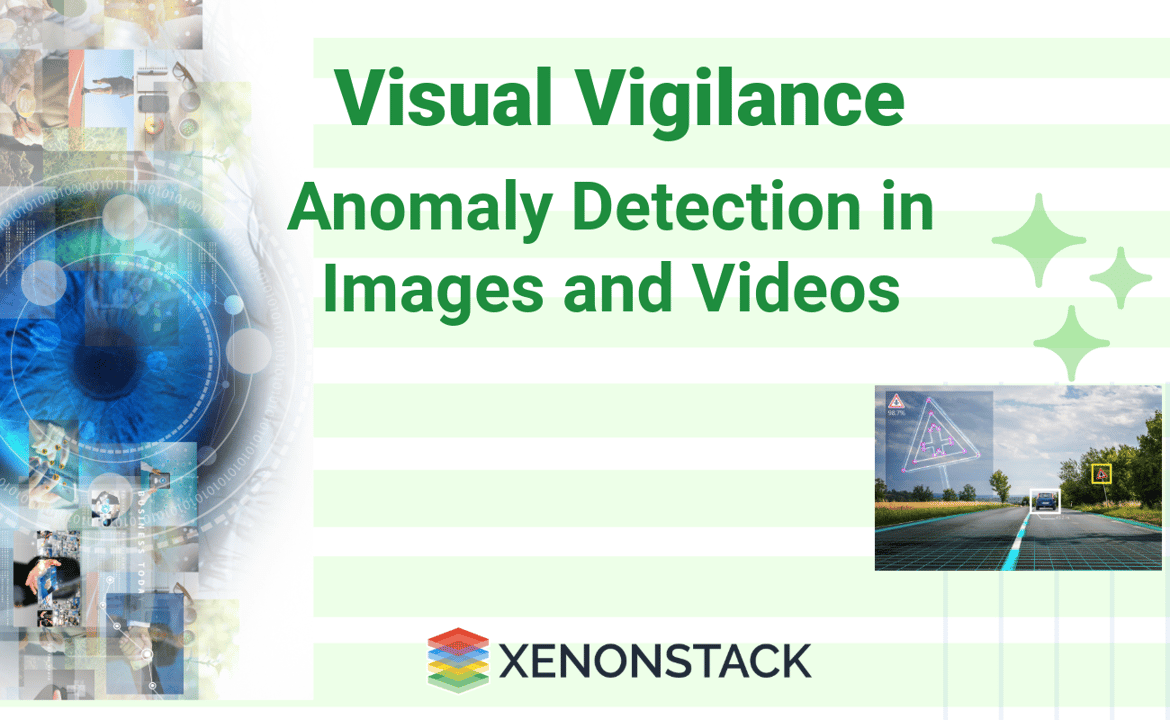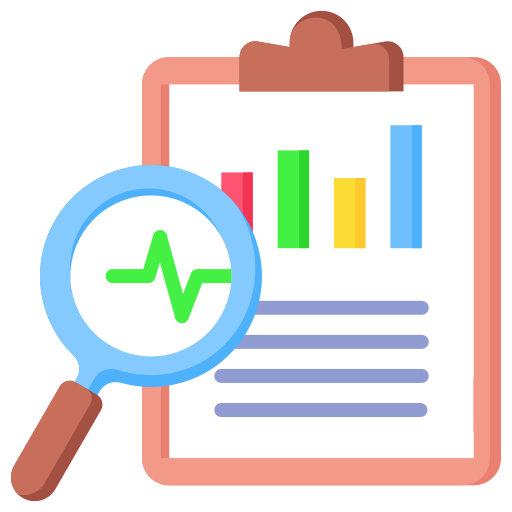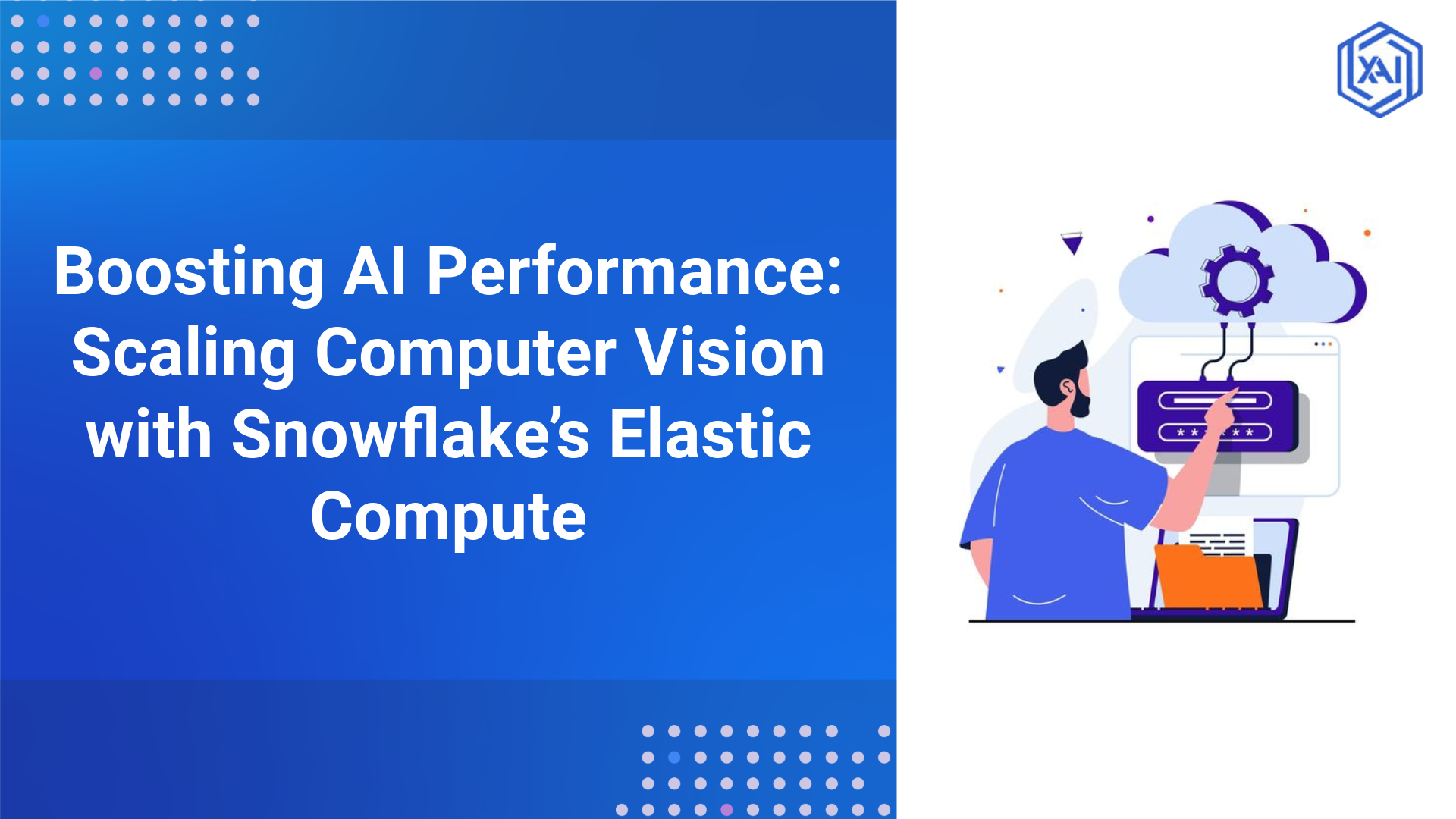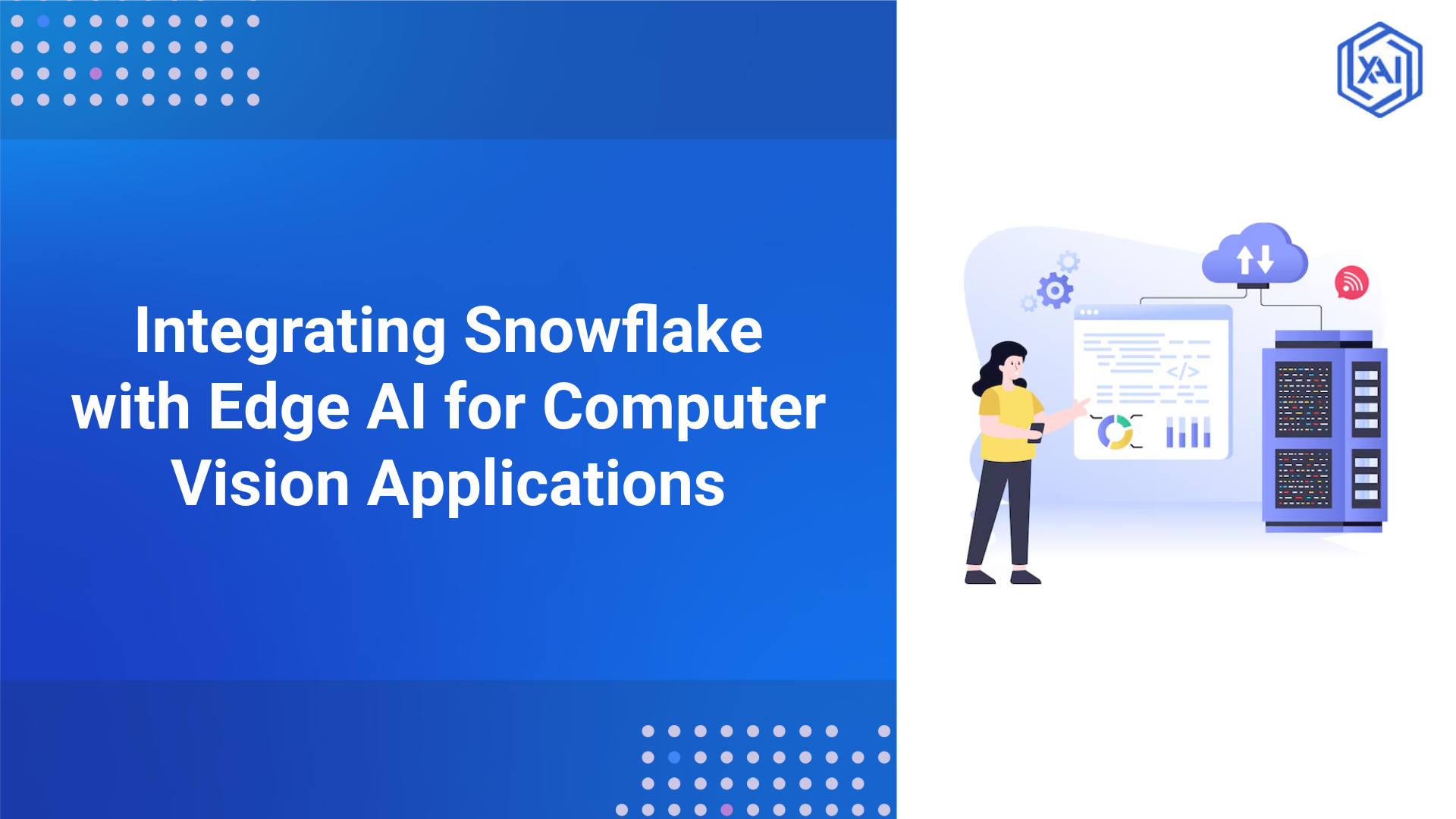
Anomaly detection is one of the quickly developing fields in fields like Computer Vision and Machine Learning, which captures the points that deviate from the norm. This concept finds its great importance in images and videos to identify the hard-to-spot abnormally or suspicious events, objects or actions that might indicate an issue or a potential for an extra study. In this blog, we shall look at what anomaly detection in visual data is, the applications, the problems, and the possibilities of solving them.
What is Anomaly Detection?
The term anomaly detection can be defined as the determination of a data point object or event that is not representative of a case. While dealing with images and videos, possible anomalies can be objects in the scene that look strange or movements in a video stream that are unusual.

It is vital in various domains, including security, healthcare, finance, and manufacturing. By recognizing anomalies, organizations can enhance their decision-making processes, optimize operations, and improve safety.
Importance in Visual Data

Proactive Problem Detection
Identifying irregularities early enables timely intervention, preventing more serious issues down the line
.png?width=512&height=512&name=monitoring%20(1).png)
Enhanced Surveillance Security
In surveillance systems, detecting unusual activities ensures suspicious behavior is flagged for further investigation

Quality Assurance Manufacturing
Spotting defects through visual inspection maintains high product standards, improving overall quality control

Healthcare Diagnostics
Detecting anomalies in medical images supports early diagnosis and effective treatment of health conditions
Use Cases in Images and Videos
Security and Surveillance
Security systems can monitor the video feed to detect suspicious activities on the scene, such as loitering or trespassing on restricted sections. For instance, a surveillance camera can activate in the event it sees somebody loitering around the parking lot at night.
Healthcare and Medical Imaging
Healthcare is another key industry related to medical imaging, while medicine is an important industry related to imaging. In medical imaging, these systems assist radiologists in identifying tumors or other abnormalities in an X-ray, MRI, or even CT scan. This technology can pinpoint certain issues to watch out for, contributing to early diagnosis and treatment.
Manufacturing and Quality Control
In manufacturing, for example, cameras with anomaly detectors are very useful since they can monitor production lines for defects. Looking at images of various products, it is possible to single out some that do not meet the company’s quality requirements, which decreases the quantity of extra production and improves the quality of goods for buyers.
Autonomous Vehicles
The targets can be observed in real-time for any deviation from the normal traffic flow, such as a pedestrian crossing the road at an unexpected point or road conditions. This capability may be very useful to alert drivers to possible danger ahead or to quickly make a decision that will guard against any unfortunate occurrence.
Retail Analytics
In retailing, for example, video surveillance can monitor customers' behavior and patterns to detect suspicious activities such as theft. Anomaly detection can also facilitate and improve store placement depending on customer traffic.
Environmental Monitoring
Observing changes in the environment, including the landscape, wildlife, and climate, can benefit from anomaly detection. Through video analytics, systems can identify threats from satellite images or drones, such as illegal deforestation or poaching.
Techniques for Detecting Anomalies
Anomaly detection in images and videos can be achieved through various techniques, including:
- Statistical Methods
Statistical methods analyze the distribution of data and identify deviations from expected patterns. Techniques like Gaussian Mixture Models (GMM) and Kernel Density Estimation (KDE) are commonly used. These methods often require a strong understanding of the data's statistical properties.
2. Machine Learning Approaches
-
Supervised Learning: In supervised learning, models are trained using labeled data, which includes both normal and anomalous examples. Algorithms like Support Vector Machines (SVM) and decision trees can effectively classify anomalies.
-
Unsupervised Learning: Unsupervised learning techniques, such as clustering algorithms (e.g., K-means) and autoencoders, do not require labeled data. Instead, they learn the structure of the data and identify anomalies based on their distance from the learned clusters or reconstructions.
Deep learning techniques, particularly Convolutional Neural Networks (CNNs) and Recurrent Neural Networks (RNNs) have gained popularity for visual data analysis. CNNs excel in spatial feature extraction, making them ideal for image analysis, while RNNs can capture temporal dynamics in video sequences.
4. Hybrid Approaches
Combining different techniques can enhance systems' accuracy and robustness. For instance, a hybrid approach might use CNNs for feature extraction and a supervised learning model for classification, leveraging the strengths of deep learning and traditional machine learning.
5. Feature Selection Techniques
Feature selection is crucial for improving the performance of detection systems. By selecting the most relevant features, we can reduce dimensionality and enhance model accuracy. Techniques like Recursive Feature Elimination (RFE) and feature importance analysis can aid in this process.
 Figure: Anomaly detection pipeline
Figure: Anomaly detection pipeline
Challenges in Anomaly Detection
Despite the advances in technology, several challenges remain in the field of analyzing images and videos:
-
Variability in Normal Behavior - Defining what constitutes "normal" behavior can be difficult, especially in dynamic environments where patterns change frequently. Systems must adapt to these variations to avoid false positives.
-
High Dimensionality - Images and videos are inherently high-dimensional data, which can make them challenging to model and analyze. Dimensionality reduction techniques, such as Principal Component Analysis (PCA), can help, but they may also lead to losing important information.
-
Imbalanced Datasets - In many applications, anomalous events are rare compared to normal events, leading to imbalanced datasets. This imbalance can hinder the performance of supervised learning models, which may become biased towards the majority class.
-
Real-Time Processing - Real-time processing is crucial for applications such as surveillance. Designing systems that can analyze video feeds in real time while maintaining accuracy poses a significant technical challenge.
-
Interpretability - Many advanced methods, especially deep learning models, operate as black boxes, making it difficult for users to understand the reasoning behind their decisions. This lack of interpretability can hinder trust and acceptance in critical applications like healthcare.
You May also Love to Read Anomaly Detection of Time Series Data Using Machine Learning & Deep Learning
Solutions to Challenges
Adaptive Learning
These systems benefit significantly from adaptive learning, which involves continuously updating their models as new data becomes available. This capability allows the system to recognize and adapt to changing patterns in behavior over time, improving its accuracy in identifying anomalies. By incorporating recent information, the system can better distinguish between normal variations and genuine anomalies, ensuring it remains relevant and effective in dynamic environments.
Feature Engineering
Feature engineering plays a critical role in enhancing model performance, particularly when dealing with high-dimensional data. By identifying and extracting the most relevant features, analysts can reduce the complexity of the data set. This focused approach helps models concentrate on the aspects that truly influence outcomes, leading to improved predictive accuracy and reduced computational burden. Effective feature selection can also enhance model interpretability, making it easier to understand the factors driving the results.
Synthetic Data Generation
Another issue with anomaly detection is datasets that contain a great deal more of one certain type of data compared to the other type of data. This problem can be solved to an extent with the help of techniques for generating synthetic samples, which at least include additional samples of the minority class, such as anomalies. Such techniques as GANs help to create a balanced dataset so models are trained to work with more diverse examples. This not only increases the number of ways in which the system can be robustified but also helps improve the generalization performance of the model.
Streamlined Algorithms
In real-time processing situations, creating more elaborate but efficient systems for processing data and finding the best estimates and conclusions is vital. Some of these techniques include early stopping, which helps get rid of the less important weights within a model, then model pruning and quantization, which helps to put fewer numbers on calculations, hence making deep learning models very efficient. Through optimization of these models, it is possible to get models with better inference times though with better inference time but outputs a high response rate, making the models suitable for applications where quick decisions have to be made.
Explainable Techniques
The interpretability of anomaly detection systems is an important factor when it comes to the application of automated systems. It is in this sense that EWA techniques deliver a clear manner in which decisions are made by explaining the features and patterns underlying the decisions. One key benefit of making the inner workings of these systems more transparent is that the stakeholders are well-informed on the possible rationale behind specific decisions made within the system. This also promotes trust because then those creating the models understand that other practitioners may find some areas that need more fine-tuning.

Future Trends in Anomaly Detection
As technology continues to evolve, several trends are likely to shape the future of image and video analysis:
-
Increased Use of AI and Machine Learning - The integration of AI and machine learning will continue to enhance detection capabilities, enabling systems to become more accurate and efficient in identifying unusual patterns.
-
Multimodal Anomaly Detection - Combining information from multiple sources, such as audio, video, and textual data, can improve the robustness of systems. Multimodal approaches are particularly promising for complex environments where various factors contribute to anomalies.
-
Enhanced Real-Time Processing - Advancements in hardware and software, including edge computing and optimized algorithms, will enable more robust real-time detection systems, paving the way for widespread adoption in critical applications.
-
Integration with IoT - The proliferation of Internet of Things (IoT) devices will increase data availability, facilitating more extensive detection efforts across various domains. This integration will enhance monitoring capabilities and improve responsiveness to anomalies.
-
Ethical Considerations - As these systems become more widespread, ethical considerations surrounding privacy, bias, and accountability will gain prominence. Developing responsible AI practices will be crucial to ensuring that these technologies are used effectively and ethically.
Conclusion
As more organizations implement anomaly detection systems, datasets, privacy, bias, and accountability are expected to remain key issues in this field. Work on the formation of standards for the use of Artificial Intelligence will also become a significant goal to guarantee its appropriate application.
The use of the anomaly detection technique in images and videos is one of the most effective in the search for irregular patterns in the visual dataset. Yet, there are numerous obstacles to address. Here, the constant progress of machine learning and computer vision provides the basis for more featured and efficient technologies. Drawing from the multitudes of ways in which these technologies are being implemented across organizations, the prospect of increased security, quality, and healthcare outcomes is slowly becoming a reality. With a focus on the current problems and a willingness to understand new tendencies, it is possible to describe guidelines for deeper visual data, as well as provide a safer and more efficient environment in different fields.
Looking into the future, the key to further developing this system is closely related to adopting an interdisciplinary approach that encourages cooperation among data scientists, ethicists, and domain specialists. The fun is only starting here, and there is phenomenal potential in front of every traveler.




